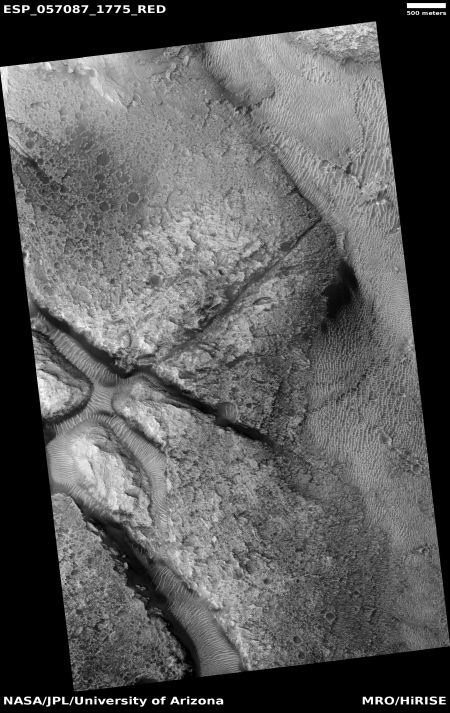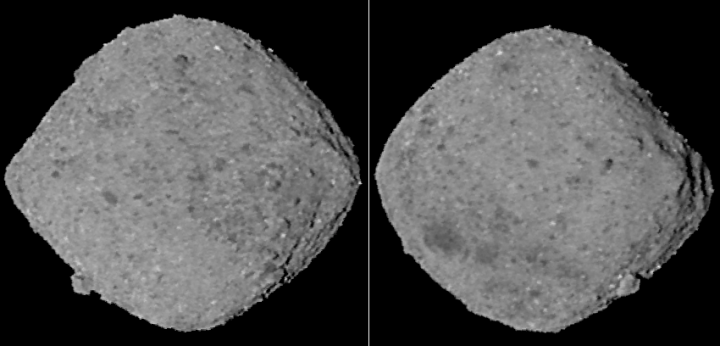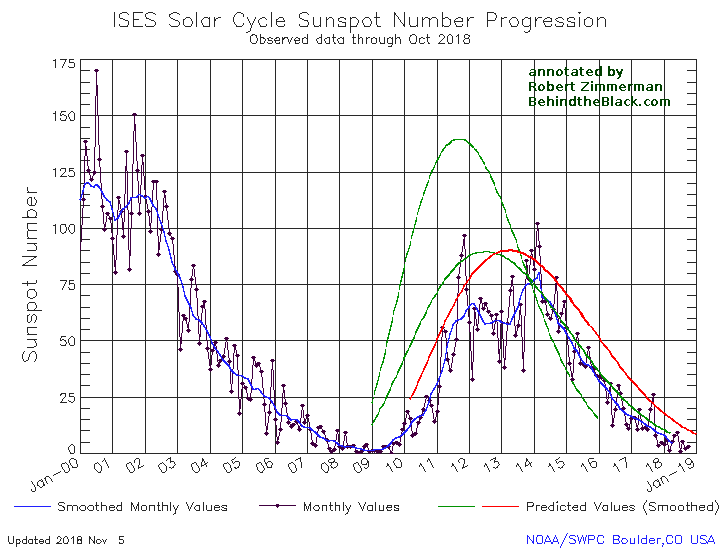Parker survives first close solar fly-by
The Parker Solar Probe has successfully survived its first close fly-by of the Sun.
Mission controllers at the Johns Hopkins University Applied Physics Lab received the status beacon from the spacecraft at 4:46 p.m. EST on Nov. 7, 2018. The beacon indicates status “A” — the best of all four possible status signals, meaning that Parker Solar Probe is operating well with all instruments running and collecting science data and, if there were any minor issues, they were resolved autonomously by the spacecraft.
At its closest approach on Nov. 5, called perihelion, Parker Solar Probe reached a top speed of 213,200 miles per hour, setting a new record for spacecraft speed. Along with new records for the closest approach to the Sun, Parker Solar Probe will repeatedly break its own speed record as its orbit draws closer to the star and the spacecraft travels faster and faster at perihelion.
It will be several weeks before they can download all the data gathered during this first fly-by.
The Parker Solar Probe has successfully survived its first close fly-by of the Sun.
Mission controllers at the Johns Hopkins University Applied Physics Lab received the status beacon from the spacecraft at 4:46 p.m. EST on Nov. 7, 2018. The beacon indicates status “A” — the best of all four possible status signals, meaning that Parker Solar Probe is operating well with all instruments running and collecting science data and, if there were any minor issues, they were resolved autonomously by the spacecraft.
At its closest approach on Nov. 5, called perihelion, Parker Solar Probe reached a top speed of 213,200 miles per hour, setting a new record for spacecraft speed. Along with new records for the closest approach to the Sun, Parker Solar Probe will repeatedly break its own speed record as its orbit draws closer to the star and the spacecraft travels faster and faster at perihelion.
It will be several weeks before they can download all the data gathered during this first fly-by.



